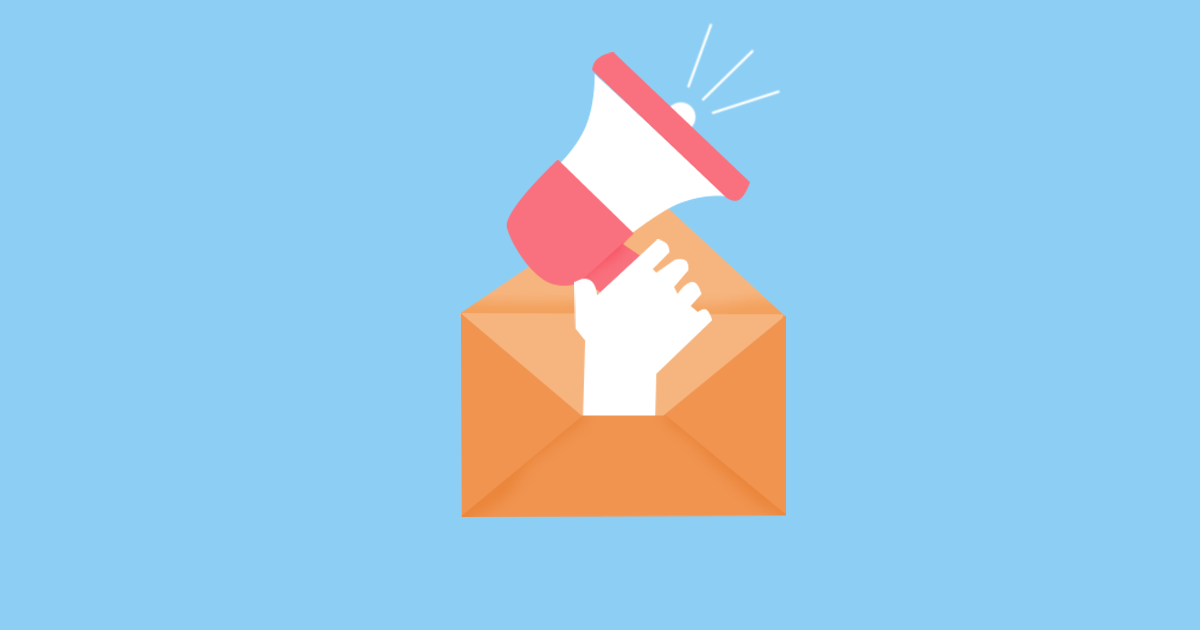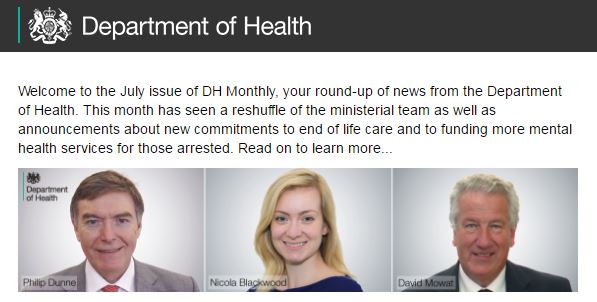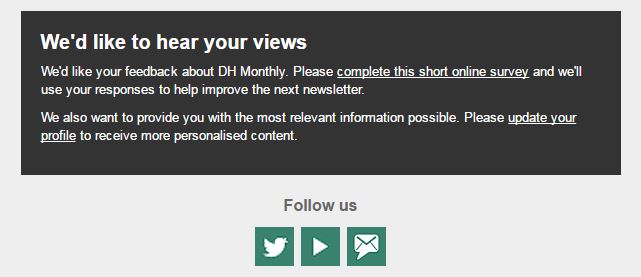
Email doesn’t seem to be many people’s priority these days. And I understand why, it can feel like an outdated channel of communication compared with the all-singing, all-dancing opportunities of snapchat or Facebook chatbots.
But I believe email can be a valuable communication channel and that there’s a way to use it that doesn’t involve spam-inducing clickbait.
The New York Times is one example of how emails, and specifically email newsletters, are returning to vogue. By treating email as a personalised homepage for subscribers they are using it as a powerful engagement tool rather than a broadcast channel to blast out corporate priorities – and seeing the results of this user-centric approach. And content strategists still point to email as the foundation of a successful content distribution strategy, because it is a direct channel of communication that you have control over.
Back in July 2015, based on audience feedback, the Digital Engagement Team committed to bringing email back. So it’s been my mission to deliver this commitment.
I started with an agile discovery and delved into the problems, users, needs and constraints of our existing email service. I mapped the health and care email ecosystem (there’s lots of overlap!), plotted the user journeys and, crucially, asked our current subscribers what they thought of our emails and what kinds of things they’d like to see more or less of in the future.
They told us they want short, personalised emails written in plain English that leads them to relevant additional content. A large percentage said they would like to hear all of the news from the department, not just specific health topics. So that’s what we’ve set out to achieve…
We started by fixing the basics (branding, design and tone of voice). And we now ask people a little bit more about themselves when they sign up so that we can send them more relevant communications in the future. We’ve also started to think about how we can use email more effectively as one communications division, rather than as individuals or teams. Our approach should minimise duplication of effort, offer a sustainable and valuable service for users and present a communications opportunity for us.
The core elements of the new email engagement strategy are:
- One segmented email database – so we can tailor our communications to our users
- A monthly newsletter – to keep people regularly engaged
- Time-bound priority email campaigns – for people with specific interests
- De-duplication across the system – to avoid wasted resource
- Regular reporting and iteration – so we can test and learn
Our first ‘issue’ of DH Monthly went out to subscribers at the end of July and so far we’ve seen unique open rates of 24% and a whopping 8% unique click rate (a median average for the government sector in the UK would be 23.84% opens and 3.5% clicks). These numbers should continue to improve as we gather more subscribers and refine our offer.

In the spirit of becoming a listening organisation (credit Jim Macnamara) we’ve got a permanent link to a survey in the footer of our emails asking people to tell us how we can improve.

So if you would like to sign up to DH Monthly just give us your email address and tell us a little bit about yourself…